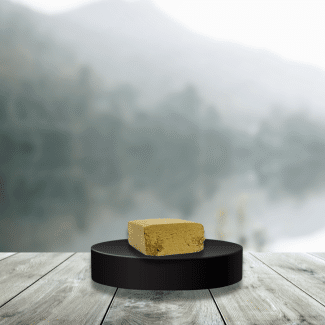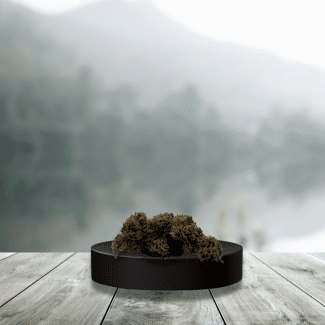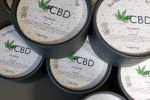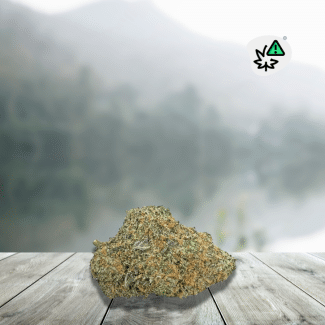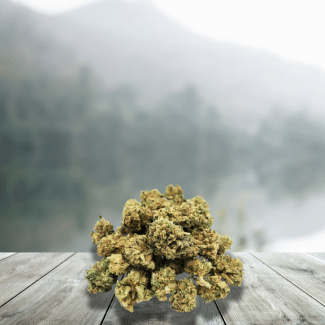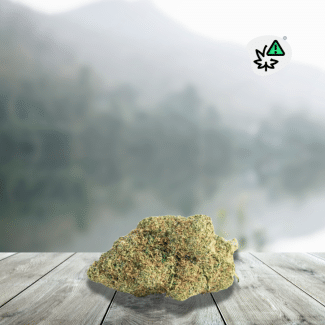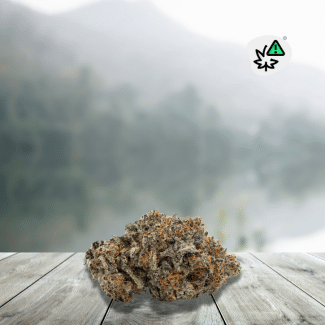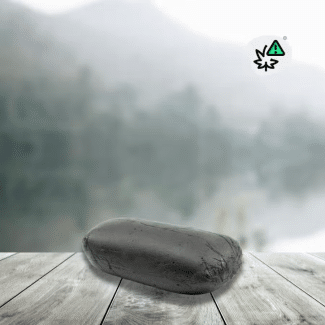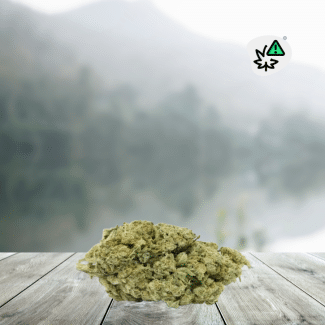
Different extraction methods exist to extract the active ingredients from hemp, which make it possible to produce different products called “CBD extraction” (or cannabidiol extraction). There are 4 main types of extraction: isolates, tinctures, wax and resin.
CBD Crystals and Isolates:
CBD crystals are a very pure, isolated form of the cannabinoid.
Since the crystals are an “isolate”, only CBD is found in the final product, separated from other cannabinoids and terpenes, with purity levels generally above 99%.
CBD crystals can be used in different ways: in vaporization/dab, in cooking, in tincture, and in e-liquid and are the result of extraction often using CO2 followed by crystallization.
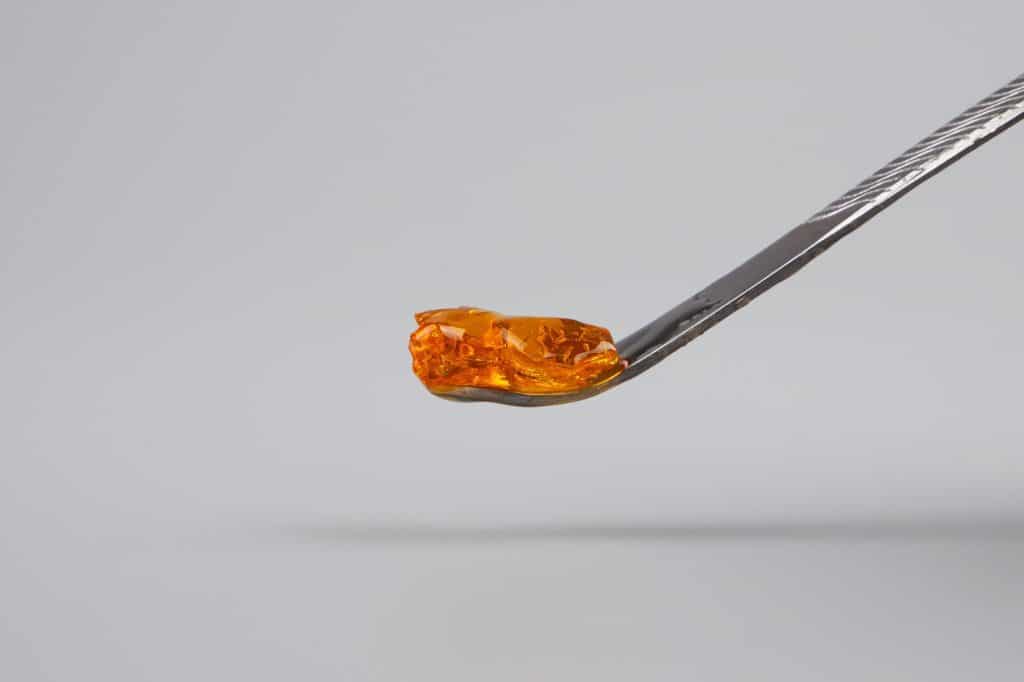
CBD Tinctures:
Tinctures are extractions of CBD using alcohol or vegetable oils and come in the form of a liquid to be consumed in drops, to be held under the tongue for 30 to 90 seconds before swallowing to allow the CBD to absorb. be absorbed into the blood vessels located under the tongue and enter the bloodstream.
CBD Wax:
Wax or wax is the result of solvent extraction intended to be consumed by dabbing (rapid inhalation following the vaporization of wax or another concentrate by placing it on a very hot element) or with an electronic cigarette specific.
CBD resin:
Resin hashish ” is a separation of Cannabis trichomes. Trichomes, resinous glands located mainly on the tops of hemp, contain the plant's cannabinoids.
By repeatedly rubbing the hands on the hemp “flowers”, the trichomes break off and accumulate in the palms. The result is a brown resinous paste.
Long after this ancient use, mechanical methods of manufacturing resin appeared and most often involve a rotational movement, sometimes accompanied by ice, to encourage the release of the trichomes from the plant.



